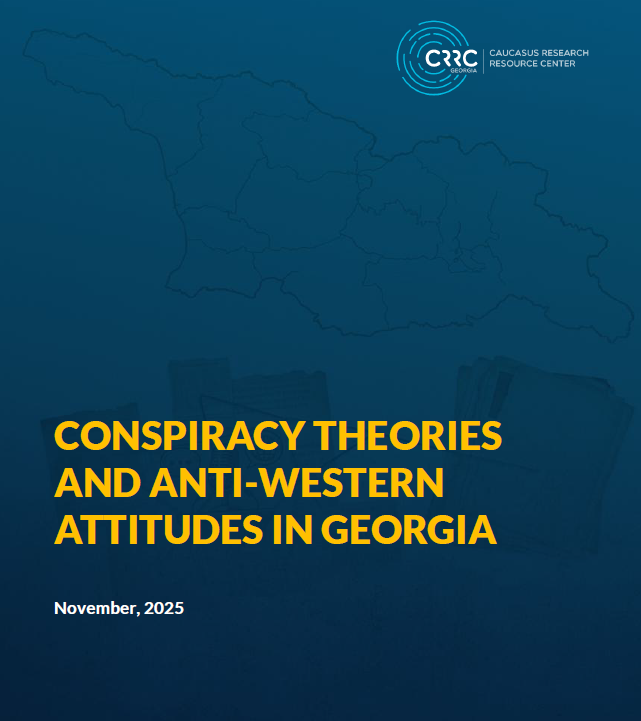The earliest books that came out about the Caucasus after the collapse of the Soviet Union were firsthand accounts of events. Now, a second spate of books, which attempt to apply analytical frameworks to the turbulent events that occurred have the breakup of the Soviet Union are beginning to appear. Christoph Zürcher’s The Post-Soviet Wars: Rebellion, Ethnic Conflict and Nationhood in the Caucasus, published with New York University Press, falls into this category. The book examines where wars occurred in the Caucasus (Georgia, Nagorno-Karabakh and Chechnya) and where they didn’t (Dagestan and Ajara) and places those cases studies within the context of the international quantitative literature that attempts to explain why internal wars occur.
Those who are knowledgeable about the Caucasus will find much information they have already come across. However, for those interested in international conflict who possess little regional understanding, the tersely written detail provides a good overview.
To whet your appetite for some of the details about why wars started in the Caucasus, Zürcher argues that, in Georgia, anti-Soviet rhetoric allowed for no maintenance of Soviet institutions, increasing the likelihood of conflict, since state institutions utterly collapsed as a result. Furthermore, the fallback on nationalist rhetoric, which was seen as the only way of creating a cohesive political force, then alienated both Abkhaz and Ossetians. Zürcher, perhaps controversially, also claims that Armenian politics looked very similar to Baltic politics (and different from Georgian and Chechen) in that the same type of state weakness did not exist. However, Zürcher makes the claim, which has been echoed in much of the democratization commentary about Armenia, that instead of the Baltic states’ orientation towards Europe, Armenia’s politicians unified around war in Nagorno-Karabakh, creating an anti-reform minded regime.
From a more technical standpoint, the book is a rare breed within the political science literature, as it is specifically concerned about testing existing theories about internal wars by examining a series of cases studies. In doing so the volume seeks to refine those theories. While this type of book is out of vogue because the academic nomenklatura does not perceive the endeavor as groundbreaking, it serves an important role in refining theories, something Zürcher does throughout the book.
So what does Zürcher find in relationship to the international quantitative literature? Several variables that are generally cited as determinants of internal war do not appear to hold true in the Caucasus: low economic development and mountainous terrain do not help in explaining the conflagrations in the Caucasus. Despite the Caucasus being mountainous, most conflict occurred in urban environs or in the plains. In the conflicts where mountains played a role, the guerillas (which conflict theory supposes are aided by mountains) had the mountains against them. In fact, Zürcher seeks to refine the theory about the relationship between mountains and war and suggests several plausible alternative hypotheses, part of the intellectual merit of the book. One interesting hypothesis is that mountains are a proxy for the cheap recruitment of male soldiers, since mountainous areas often have high unemployment rates and hence a male population ready to mobilize.
The volume also reinforces the idea found in the international quantitative literature that state weakness often plays an important role – perhaps much more so than underdevelopment – as does the role of one ethnic group constituting the majority of the population. This ethnicity argument is well-highlighted with Zürcher’s case study of Dagestan, where ethnicity did not play the same role as in Georgia, Armenia or Chechnya, in part because of the fact that no ethnic group had a majority.
Overall, this reviewer found the findings sound, but would have like to see more analysis of some of the interesting proxy variables discussed above. This, however, could form the basis of a new and fruitful conflict research agenda in the Caucasus.
This book review was also printed in The Georgian Times.






